April is Sexual Assault Awareness and Prevention Month (SAAPM). It is critical to bring added awareness to the prevalence of this epidemic throughout our nation. By emphasizing the importance of intervention and response, and embedding accountability into our policies and practices, VA is creating a culture that is safer and more welcoming for all.
In a CNN report, data shows an increase in overall sexual harassment and sexual assault reports within the military branches of Army, Navy and Air Force between 2020 and 2021. While concerted efforts to prevent sexual harassment and sexual assault at Department of Defense (DoD) and VA are being made, the problem persists.
“So often, from my experience, women find it difficult to find a trusted person to talk to within the military,” said Jennifer Esparza, military Veteran and VA White House liaison. Esparza is also Chair of VA’s I~STAND Sub-Council, which is focused on increasing awareness of sexual harassment and sexual assault, advancing prevention and intervention strategies, and improving avenues for reporting throughout the organization.
In a report by the Center for Disease Control and Prevention (CDC), other variables can contribute to the prevalence of sexual harassment and sexual assault:
- Individual risk factors: alcohol and drug use, lack of concern for others, or hyper-masculinity
- Relationship factors: family history of conflict or violence, or a childhood history of abuse
- Community factors: poverty, lack of job opportunities, or a general tolerance of sexual violence
- Societal factors that support sexual violence or male superiority, women’s inferiority, high levels of crime or other forms of violence
The CDC also reports that protective factors, such as families with caregivers who work through conflict peacefully and with emotional health, can lessen the likelihood of sexual violence victimization.
Talking about it
During her time in service, Esparza experienced multiple instances of sexual harassment by senior leadership, but she didn’t feel she had a safe avenue to report the behavior. When she finally did confide in someone, that individual addressed the senior leader and together they laughed. Esparza was then reprimanded for her complaint.
“One of the hardest things to do is talk about the impact of sexual harassment and sexual assault,” she said. “When I started experiencing panic attacks in the military, I attributed it to being overworked and tired without piecing together the real why behind all of it. I struggled for a long time until I got out of the military.”
Like many, Esparza struggled to accept the traumatic effects of her experiences. Instead, she threw herself into her work, exhausting herself in an attempt to become invisible. After she was discharged, she connected with a VA Military Sexual Trauma (MST) coordinator and began taking the steps to begin to heal.
Now, as the chair of VA’s I~STAND Sub-Council, she’s made it a top VA priority by driving awareness, highlighting prevention tactics and boosting accountability.
“I appreciate that VA is acknowledging there is a problem,” she said. “As we transition after service and figure out how to succeed, finding access to resources to support us and teach us how to be more trauma-informed is important.”
In the future, Esparza would like to see more Miliary Sexual Trauma (MST) Coordinators available to Veterans who can provide long-term services throughout VA. To move the needle on cultural health at VA, all employees, Veterans, family members and caregivers must commit to taking a stand against unwanted behavior.
“The White Ribbon VA pledge is so powerful because it asks us to act and engage in this work by saying those words out loud,” she added. “There is an immense sense of pride you feel when you stand up to not commit sexual harassment or assault or overlook any instances of it at VA.”
Additional resources
Additional resources for reporting an incident of sexual harassment or sexual assault can be found at VHA Assault and Harassment Prevention Office Home (va.gov).
Stand up against harmful behavior today and be a part of the change at VA to create a safer and more welcoming and respectful environment for all by taking the White Ribbon pledge: https://www.va.gov/health/harassment-free/.
Topics in this story
More Stories
For the Great American Smokeout, explore VA resources and learn why every attempt to stop smoking is a step toward success.
If you’ve lost a loved one to suicide, resources and support are available to help you cope during your grieving and healing.
Army Veteran Denis Velez donated a painting of his VA hospital as a way of giving back for his treatment there.

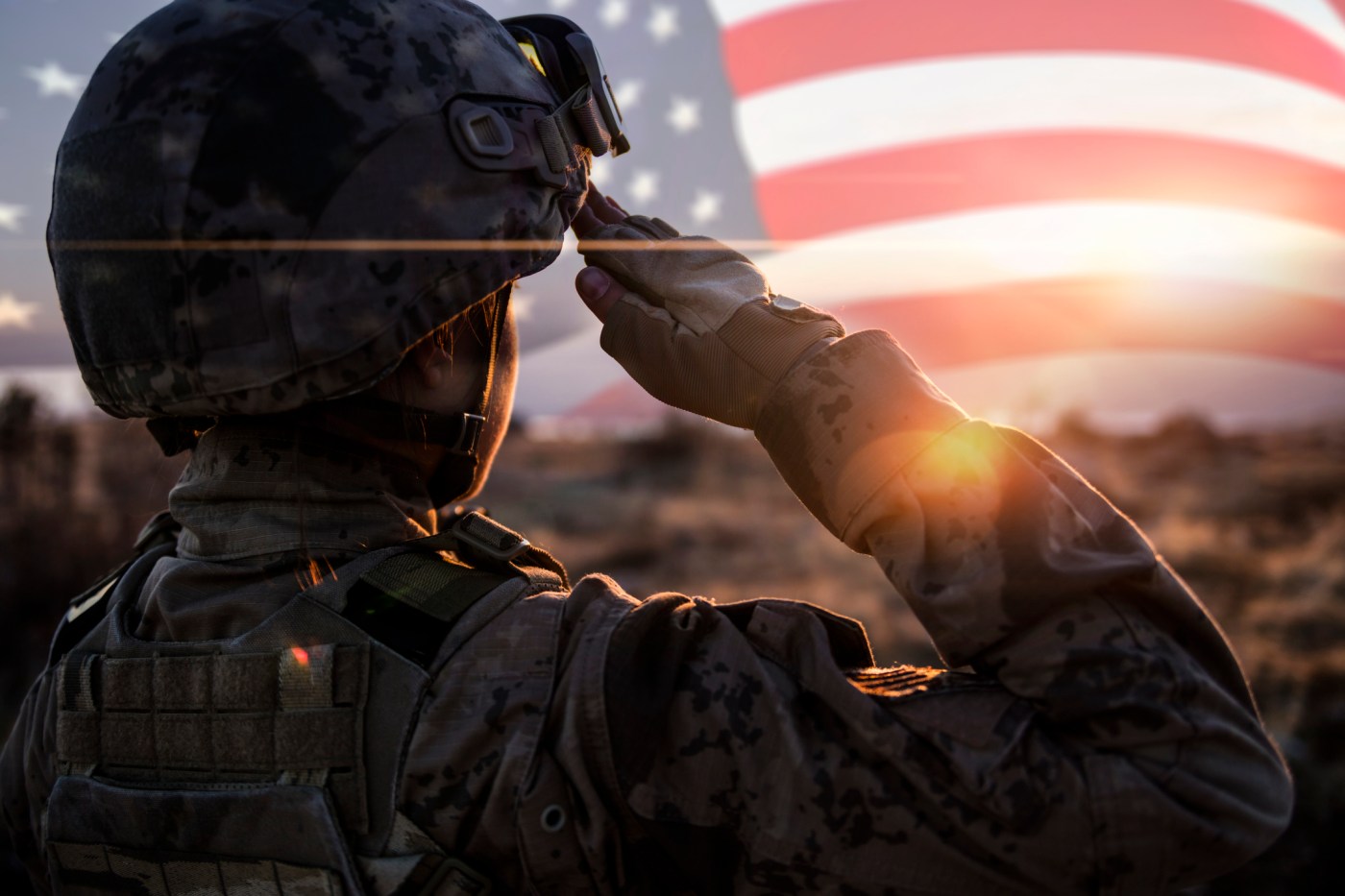
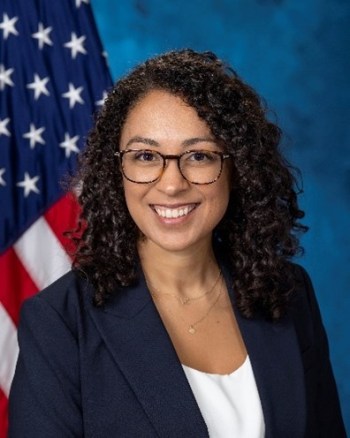
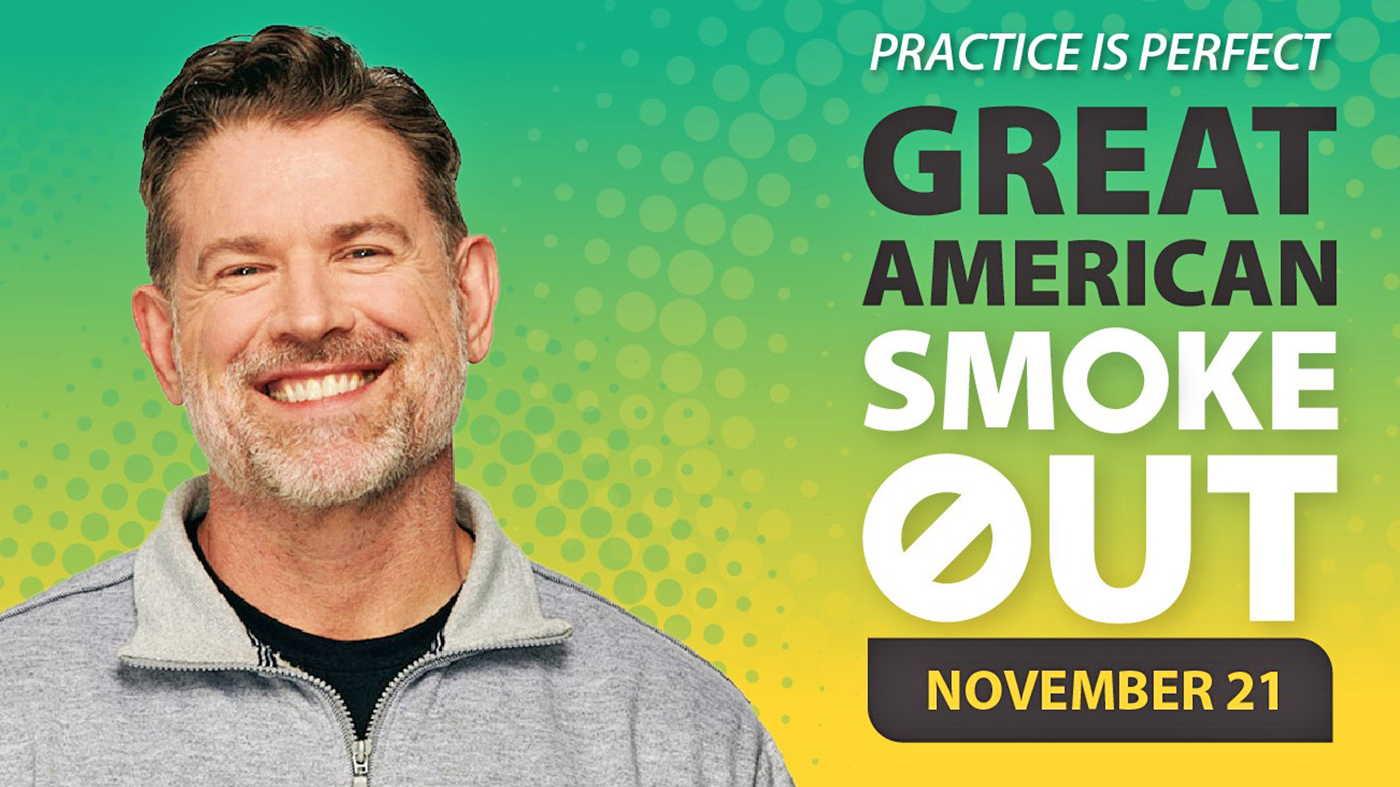
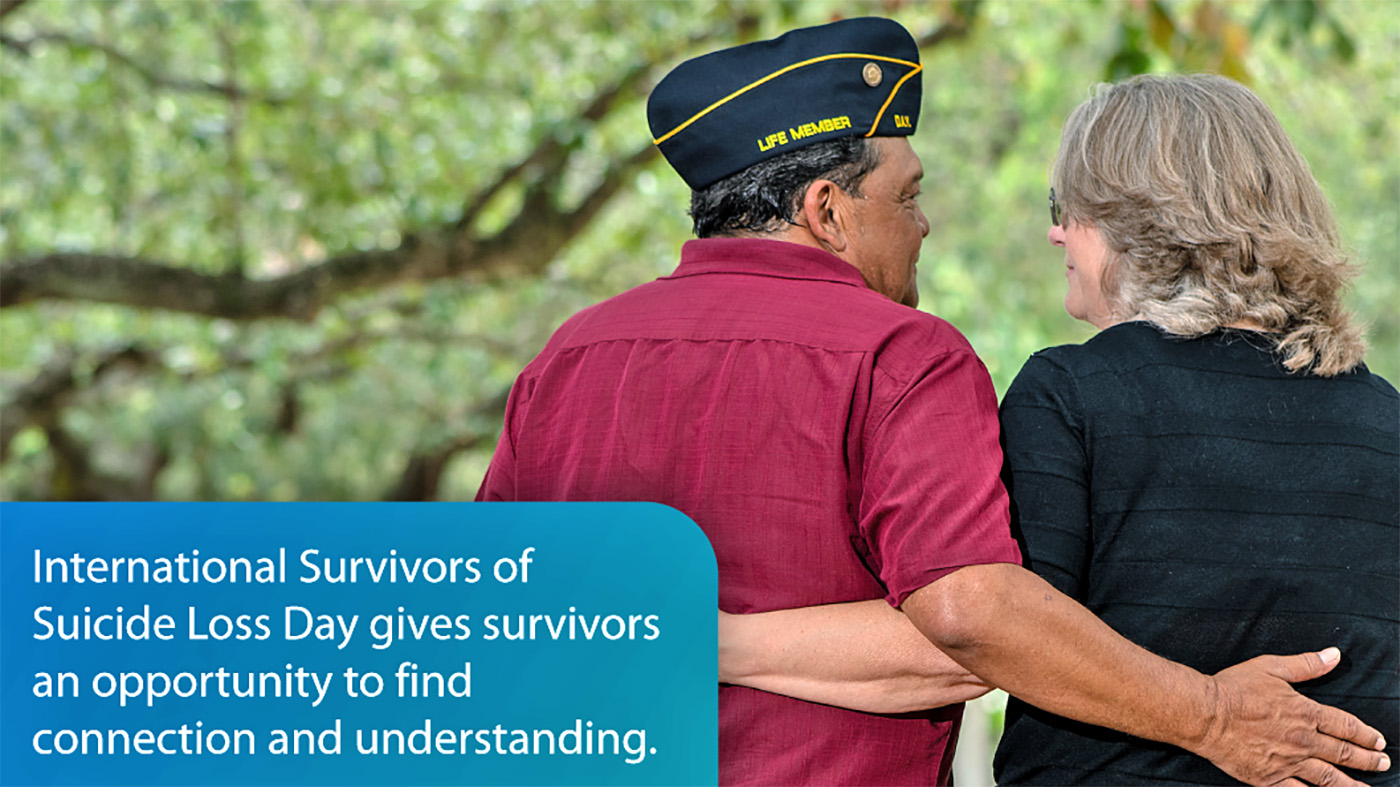
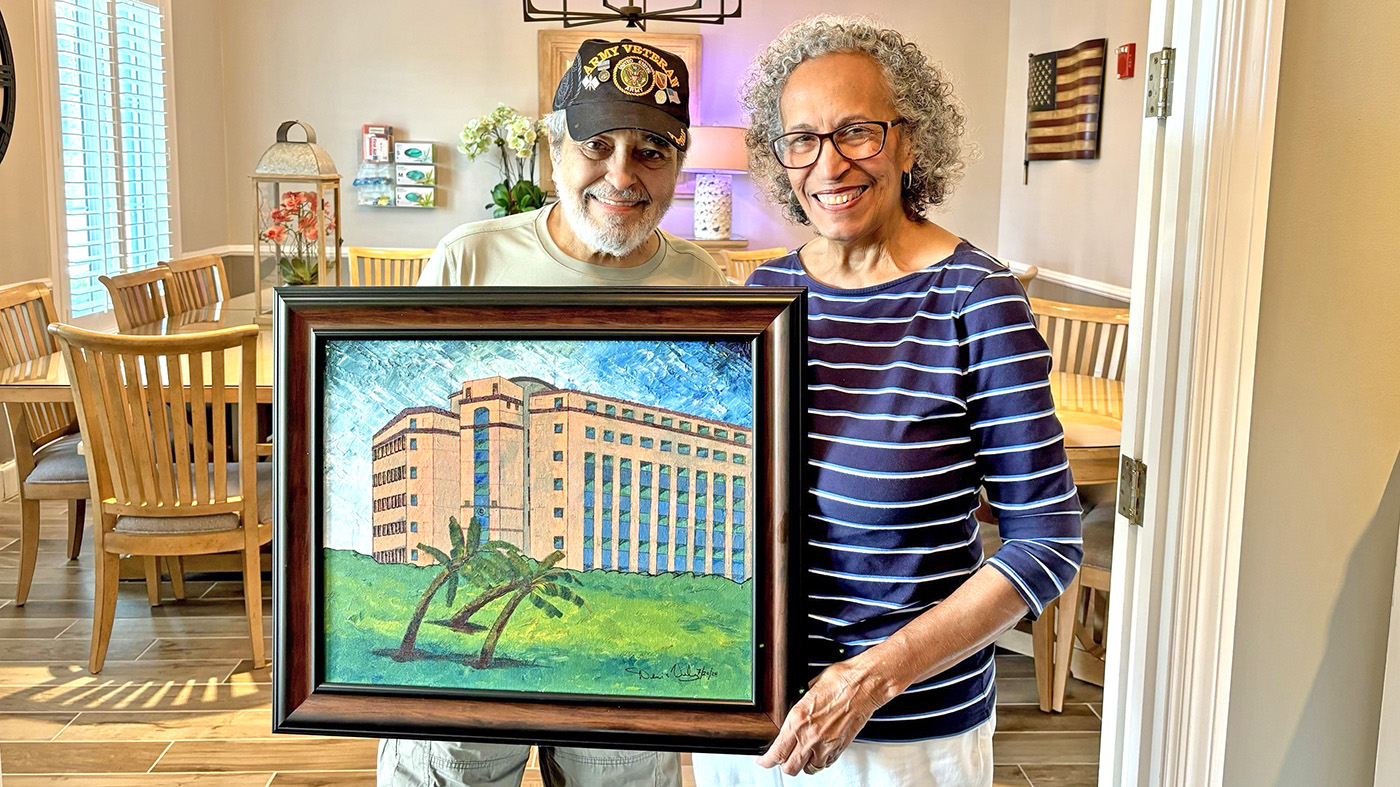


Take a stand? Make a change? OK start with these issues, 1) during basic training and then AIT male and female soldiers are separated by either a building and/or floors. Make it the same for permanent party locations. Having one or two females in a barracks compromised of all males is a recipe for disaster and simply careless. 2) install cameras in all common areas of a barracks where single soldiers reside 3) have an avenue available that is outside of a soldiers current company and chain of command they can go too report a MST. We don’t need awareness to this issue, most of us are already quite aware. What we need acknowledgement and then a solution fast. There is a truth here still hidden and it goes farther than just MST. In some instances you’re talking about multiple assaults at once with this happening multiple times a week and there’s NOTHING there to protect her. Stop talking about it and somebody do something.
I am a victim of MST. After many years of hiding and not dealing with the trauma I finally sought help from the VA. It helped in the beginning. At the counselors urging I went to work there. Everything fell apart when I was assaulted by a patient. Then everything got swept under the table like it didn’t happen. My counselor said I created a conflict of interest and my sessions stopped and she got promoted. The VA doesn’t care about female vets. We remain invisible.